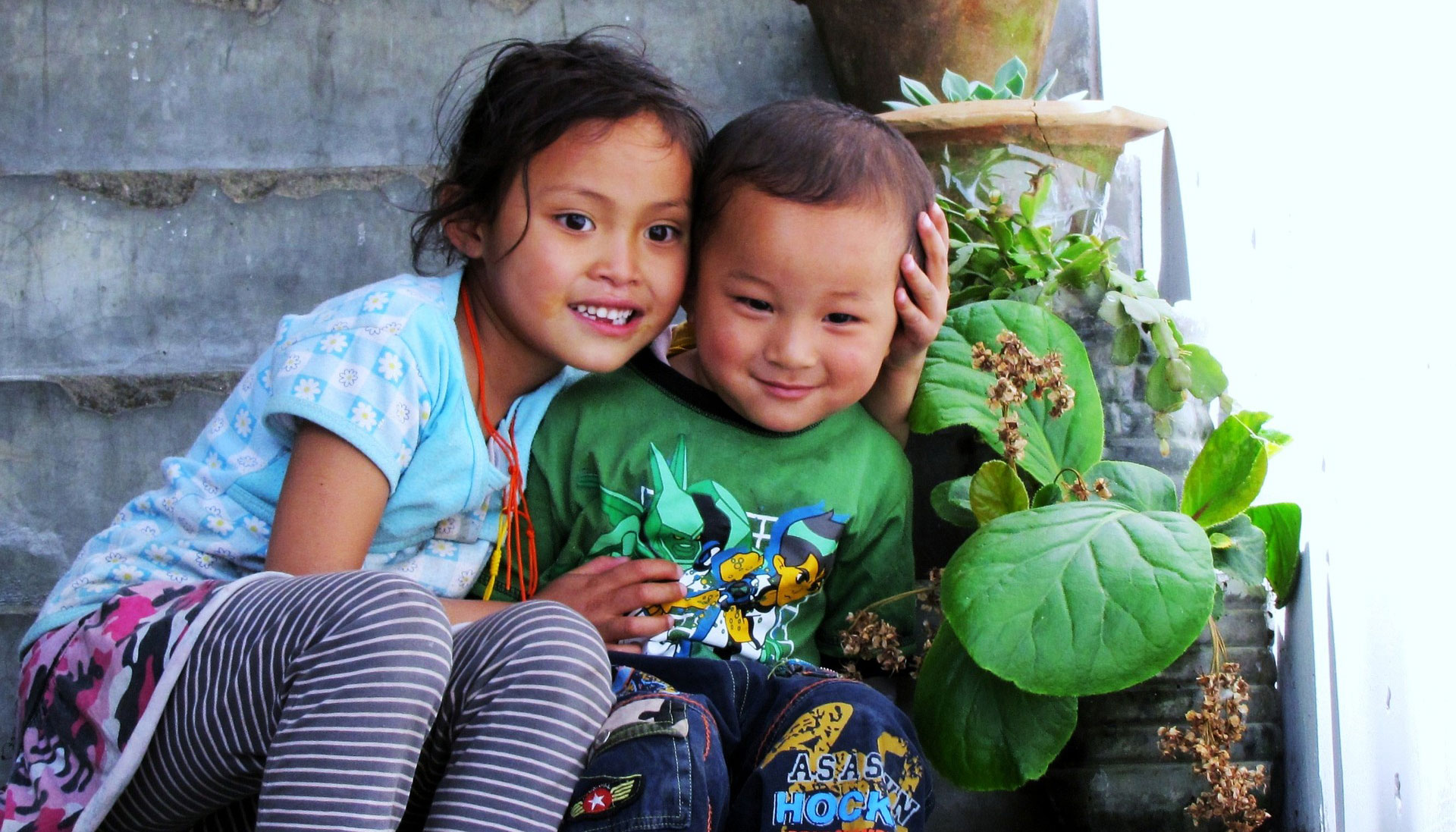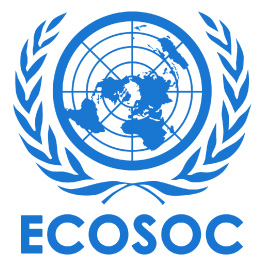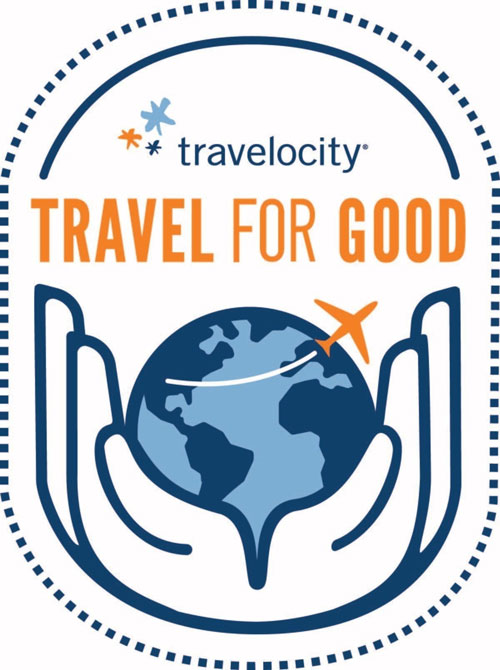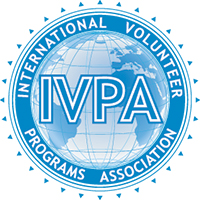Coming Home After Volunteering Overseas
Surviving the Transition and Staying Involved
By Joseph Collins, Stefano DeZerega, and Zahara Heckscher
The fast pace of life back home can be overwhelming, and staying involved globally can be difficult once you are back to the financial realities of life in the USA.
From interviews with hundreds of international volunteers, as well as our own sometimes rocky re-entry experiences, we have pulled together some tips for staying sane and staying involved when you come home.
1. Realize the Transition May Be Hard. Allow yourself time to process your overseas experiences and re-adjust to life at home. The longer you were overseas and the more culturally immersed you were, the harder the re-entry process will be. Keeping a journal and making a scrapbook while your memories are fresh can help you through the reverse culture shock experience. Recognize your emotional vulnerability and avoid making major life decisions until you feel grounded. Do what you have to do to maintain-or regain-spiritual balance: go for long walks, meditate, or practice the rituals of your faith or tradition.
2. Create a Support System. Seek out people with whom you can discuss your experiences. Be aware that not everyone will want to hear your stories or appreciate the ways you have changed while overseas. Try to identify one or two friends who can relate to your experience and really want to listen to you and support you in the transition.
3. Stay Connected. Maintain contact with friends overseas. If you were overseas with an organization, take advantage of opportunities to meet people who will be going to the region where you work. Try to identify ways to build community with those who share your interest in the region from which you have returned. For example, if you have just returned from Central America, find out about opportunities to teach English to immigrants from the area you left.
4. Continue to Seek Knowledge. Many people return from overseas with more questions than answers. If you have returned from a low-income country, take the time to educate yourself about the root causes of the "underdevelopment" and poverty you may have experienced. Start a book discussion group to explore the history of the area where you worked or traveled, or take a class to study the literature from that region. As global news coverage is notoriously weak in North America, seek alternative sources of information: newspaper web sites in the country where you lived, magazines like this one or World Press Review and the BBC On Line.
5. Get Involved with Advocacy or Solidarity Work. Join a network of people working on sustainable development or global justice issues. You can help yourself while you help others by getting involved in campaigns to end hunger and land mines, cancel debt and reform the World Bank, promote grassroots development, or address the AIDS crisis.
6. Share Your Story Publicly. Public education is the basis of most social change. Use your status as an "instant expert" to make presentations to schools, religious institutions, universities, businesses, volunteer clubs, and the media.
7. Volunteer Locally. Recognize the similarities between the problems you found overseas and those in your own community. Apply the ideas and strategies you learned overseas to local issues. Get involved with a local school, health clinic, or refugee resettlement program.
8. Research International Careers. There are almost endless types of international careers, so think about the kind of work that best matches your goals, skills, and personality. If you want to explore graduate schools, check out the Association of Professional Schools of International Affairs; 202-326-7828; [www.apsia.org].
Remember, what you do when you return home may be more important than what you do while overseas. Your international work has just begun. Now go forth and change the world!
ZAHARA HECKSCHER is the co-author of How to Live Your Dream of Volunteering Overseas (with Joseph Collins and Stefano DeZerega, Penguin Putnam, 2002), available at most bookstores or at www.volunteeroverseas.org . This article has been reprinted from Transitions Abroad Magazine.
Volunteer vacations are a feel-good way to spend a summer break. Here's how to turn your family's kick-back time into a give-back experience.
by Alia Akkam - What has been your favorite family vacation? Sitting on a beach, perhaps, watching the kids make sand castles? Or maybe that fun trip to a water park? If you're like the Hatfield family of Provo, Utah, you might be reminiscing about mixing concrete and lugging around corrugated metal roofing. That's because they spent one particularly memorable holiday together in Guatemala, helping families turn their dirt-and-wood houses into sturdier homes.
For people who've devoted their time off to volunteering, there's nothing like the chance to combine travel, education, and service. What a way to see the world with your kids - and show them compassion in action. "Voluntourism," as its known, can expand your family's worldview, change people's lives, and still be a fun break from the everyday.
The Give-Back Vacation
The Hatfields set off for Guatemala through CHOICE Humanitarian, a volunteer organization that sends workers to Bolivia, Kenya, and other countries. The family spent their days helping the local people, and their nights sleeping in a schoolhouse. Not your typical theme-park vacation, but an extremely valuable one for them all. "My wife and I thought for a long time that we'd like to let our children see how other people live - and not just from a vacation point of view," says dad Harlan Hatfield. "You leave thinking you're helping those in poverty, but you come away realizing that you've also nourished yourself. All of the things we're accustomed to, all the conveniences, they aren't necessary for being happy."
Laura Kuykendall, a mom of two in Andover, Massachusetts, also found that her family's volunteer vacation had long-lasting effects. It was her daughter, Ariel, who inspired the trip" During a school break, she'd traveled with a group from her family's church, which had been working with the Christian group Harvest Hands Ministries to help build an orphanage in Juarez, Mexico. Her mom was so moved by Ariel's experience that she went along the next year, and brought Ariel's brother, Joseph, too.
During that weeklong trip, the Kuykendalls worked on various building projects at the orphanage, conducted a Bible school for local children, and cooked for residents. Kuykendall describes herself as a workaholic and says her kids were startled to see her without a Blackberry or cell phone in hand. She, in turn, was amazed that, without their iPods and televisions, her children amused themselves by making up games with rocks. Kuykendall says it was extremely satisfying to see tiny glimpses of change in her and her children's daily lives based on what they'd experienced in Mexico: "I was the most tired and dirtiest I've ever been, but the most fulfilled I've ever felt about anything. And to do it with my children was pretty amazing."
Voluntourism: Getting Started
If you're thinking of giving up the breakfast buffet for a volunteer vacation, check out these organizations:
Globe Aware
Globeware.org
The one-week volunteer vacations in Peru, Thailand, Cuba, Laos, and 11 other countries have no age restrictions. Kids as young as 2 have taken Globe Aware trips and helped with planting, building, and more.
Can You Swing It?
The truth is, voluntourism isn't cheap. Prices can run into the thousands, and while interest has been up in recent years, it's still a hefty price tag for most families. The website Travelocity, though, has one way to help. Through its Travel for Good program, which helps connect do-gooders with voluntourism opportunities, it awards grants of up to $5,000 to "change ambassadors," people who want to travel and volunteer but can't afford to do so.
"We know that when you visit a place, you don't always really get to see what's happening there," says Amy Ziff, Travelocity's editor-at-large. "We believe that travel can build bridges between cultures. We can all be change ambassadors by helping others in need, even while on vacation." If you're interested, check out travelocity.com and click on the Voluntourism button on the home page. There are four application deadlines throughout the year.
Keep in mind, too, that this kind of vacation isn't right for every family. Some kids are simply too young. Many voluntourism trips are best for preteens and teens (though it's worth checking, especially if you have one older and one younger child). The upside? By the time your child is old enough for a volunteer vacation, perhaps money won't be as tight and you'll have made a head start on planning (and even saving).
If swimming pools and fluffy towels and the chance to put your feet up are important to your family (and, hey, who doesn't love those things?), you might think voluntourism isn't right for you. That may be true; your family may be happiest doing other kinds of volunteering, and only you'll know best. But don't underestimate your kids' - and your own - ability to adapt.
Volunteering with kids doesn't just help others, it brings families closer together. When you can share a meaningful project - or a desperate need for a long, hot shower! - there's a feeling of connectedness that's often hard to find in day-to-day life. And whenever you can achieve that kind of bond, it's the best vacation of all.













